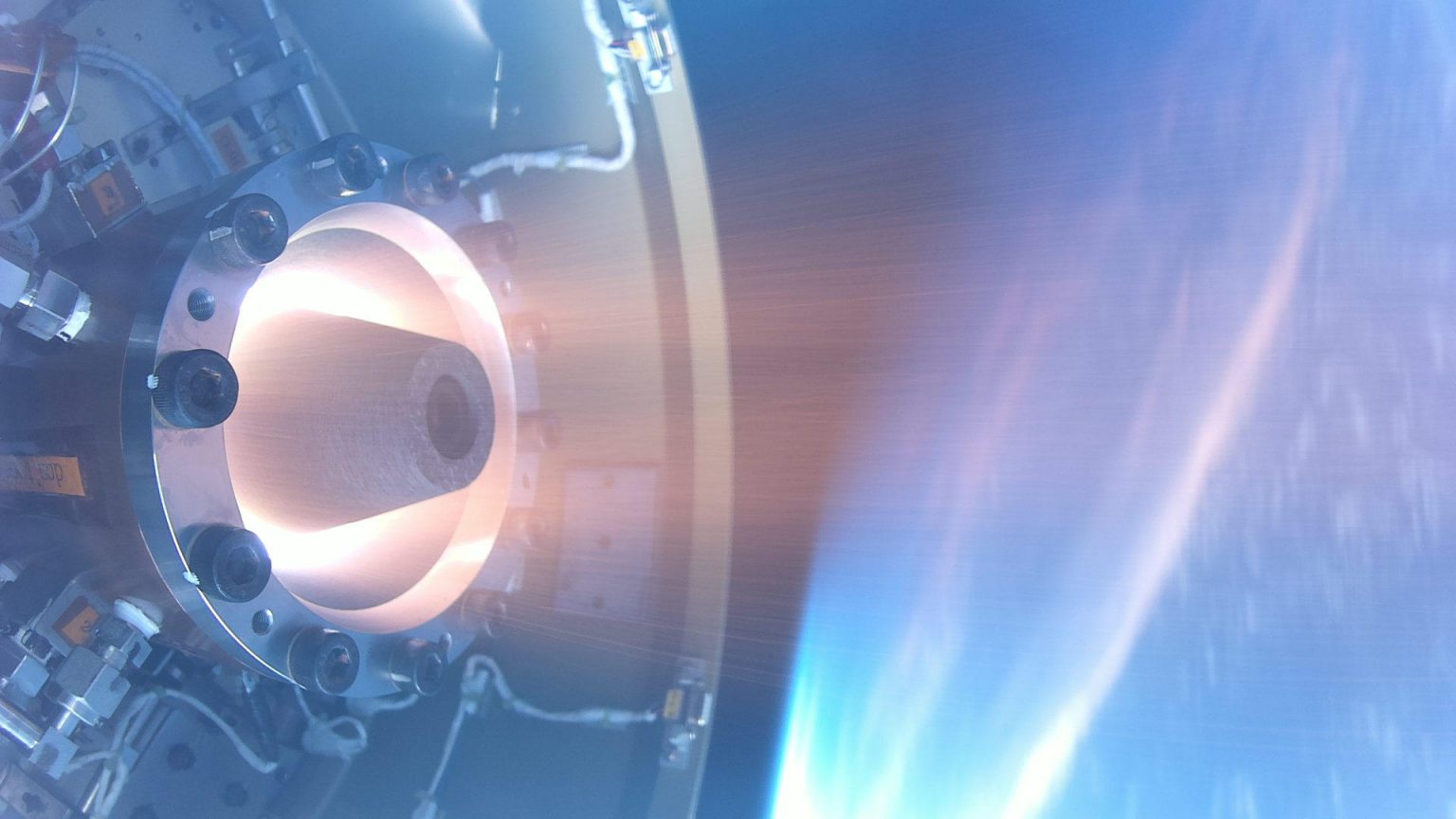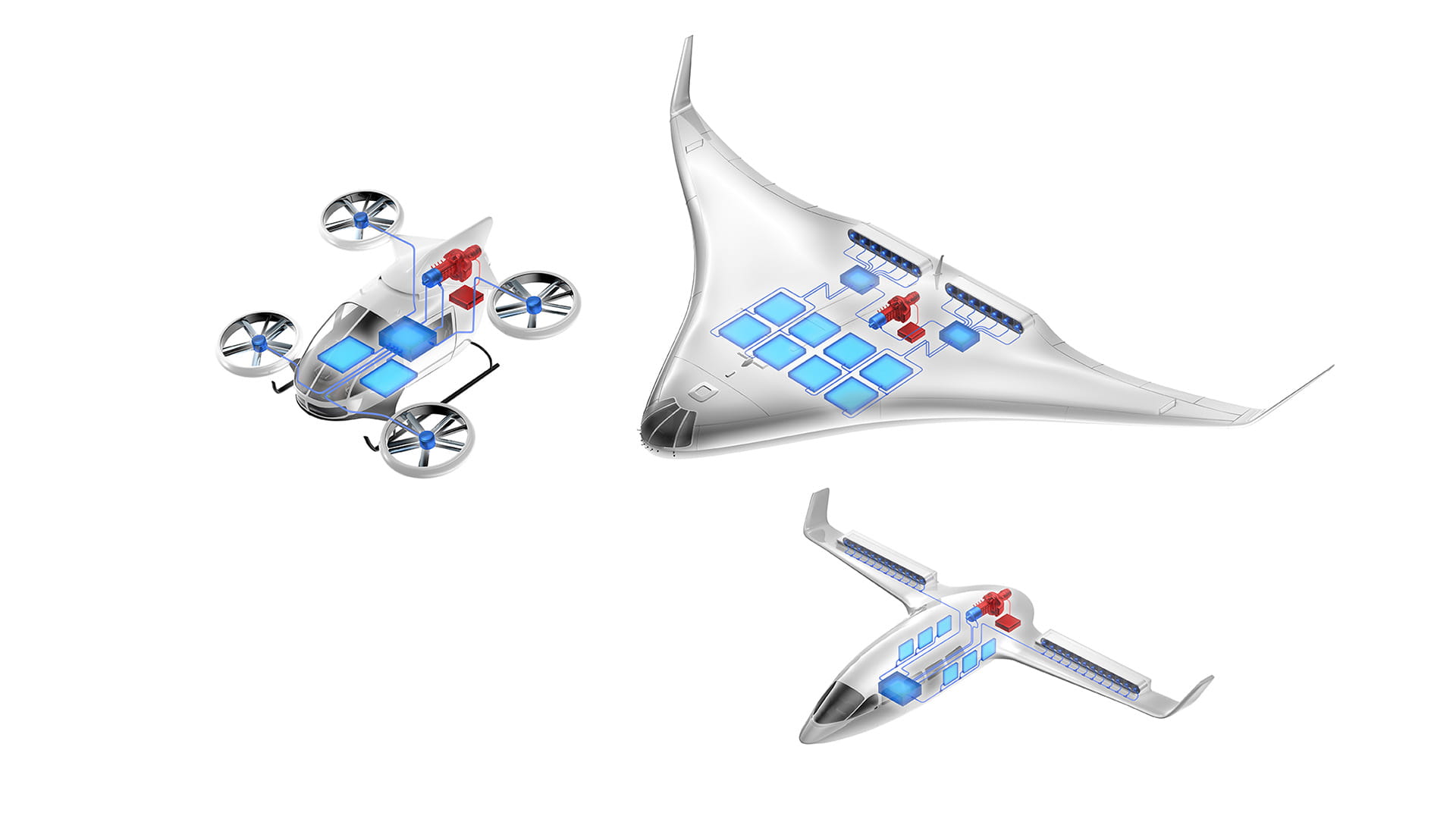Stealth technology, space rocketry, and hypersonics might be a thing of the past if a new, emerging techno-military race between the United States and Russia is considered. The countries’ defense technology developers have identified next-generation propulsion systems that might power future drones, sixth-generation aircraft, missiles, or even entire aircraft.
General Atomics (GA) announced a “completely disruptive” “hybrid electric propulsion” for its concept MQ-Next drone on October 4. This was preceded by Russia’s United Engine Corporation (UEC) declaring in July last year research and development (R&D) efforts in “combined electric technology.”
And in July this year, the US Defense Advanced Research Projects Agency (DARPA) revealed a high-speed missile program called ‘Gambit,’ powered by a potentially revolutionary Rotation Detonation Engine (RDE).
HEP systems combine fuel-burning engines with electric motors and batteries and are driven more by environmental concerns of reducing carbon-dioxide emissions. Promising fuel savings between 5% to 30% in commercial aircraft, a HEP has six different subtypes, comprising various combinations and pairings of batteries, motors, propellers, and fuel-burning turbofan and turbojet engines.
RDEs, on the other hand, use the ‘detonation’ (and not ‘combustion’) of fuel following its mixture with compressed air as a thrust. This allows more thrust with the same amount of fuel, using the detonation’ shockwaves,’ which travel in a circular pathway, and fuel and oxidizers are added periodically.
‘Hybrid-Electric Propulsion’ and ‘Rotation Detonation Engines (RDE)’ might revolutionize how aerial operations are planned and conducted if their expected range, thrust, and speed advantages are realized.
But what would be interesting is RDE’s far-reaching tactical and strategic implications on the US’ range, distance, and logistical handicaps before China in the Western Pacific.
US & Russia’s Combined Hybrid Engine Projects
GA’s MQ-Next displayed as a concept art at the company’s boot,h has new propulsion that could be a “completely disruptive technology,” according to its senior director of advanced programs, Mike Atwood, in a report on Breaking Defense.
“It uses a hybrid electric system where a Tesla Model S and an RQ-170 got together, and you have a fully electric aircraft” capable of traveling greater distances,” Atwood said.
Atwood said they were working on “hybrid electric propulsion…to pioneer a novel way to propel airborne air-breathing vehicles.” GA’s president of aeronautical systems, Dave Alexander, touched upon the technical configuration of the HE system, which would consist of a “heavy fuel engine driving very efficient generators and motors (to get) fairly low (fan) speeds…and efficiency.” He added that getting the thrust out of the low-pressure ratio fan would be tricky.

He referred to the western Pacific theatre as the driving concern, where the technology, if successful, would “help cover the South China Sea.” Moreover, it is hoped to have other capabilities, like allowing an aircraft to take off from a small 3,000-foot runway, which also complements the US Air Force’s Agile Combat Deployment (AGE) concept.
Smaller air bases spread throughout the first and second island chains in the SCS would make it more difficult for the Chinese to locate them and present a targeting dilemma. The EurAsian Times had reported about US Marine Corps Assistant Commandant Eric Smith admitting “logistics” being the “pacing, wicked challenge in the South China Sea.” Smith had made the remarks during an online interaction with the Stimson Center.
Meanwhile, Russia’s under-development HE systems have been officially classified as a “sixth generation” capability for “combat aircraft.” “Now work is starting in several promising areas: the technologies of the sixth-generation engine, a combined powerplant, and the more electric engine technology.
The R&D effort on the sixth-generation demonstrator engine technology has been included in the long-term work schedule of the United Engine Corporation and our applications for state program financing,” Mikhail Reznikov, deputy CEO of the UEC, was quoted by TASS last year.
Russia also has a parallel HE development project meant for civilian aircraft. The Baranov Central Institute of Aviation Motors announced in February this year, “creating a line of hybrid power and electric power plants for aircraft with a capacity of one to one hundred seats, including convertiplanes and air taxis.”
An HE powerplant was tested on February 5 on the Yak-40LL flying testbed. The project then envisages replacing the electrical component with a hydrogen fuel-cell battery, increasing flight duration by 3-4 times.
In the US, the civilian segment is targeted by Collins Aerospace and Pratt and Whitney, who announced a collaborative hybrid-electric technology demonstrator program. “Together, they are targeting propulsion systems for future advanced air mobility vehicles and – potentially – small and medium-sized regional aircraft,” said Aviation Week.

US Rotating Detonation Engines (RDE)
But the RDE promises to transform civil, military aviation, missilery, and even naval surface transport if it pans out the way its developers have envisaged. Developed in the US, RDEs power DARPA’s ‘Gambit’ high-speed missile, which was revealed in July this year.
RDEs are similar to Pulse Detonation Engines (PDE), exploiting the ‘detonation’ instead of a ‘deflagration’ of fuel and oxidizer/compressed air mixture to extract more energy, lessening the fuel load and lending greater range. Deflagration is thus just a rapid fuel burn that achieves subsonic speeds, while detonations are supersonic.
An RDE takes this phenomenon to the next level, utilizing the powerful detonation shockwave instead of letting it travel out of the longer exhaust tube.
Fuel and oxidizers are added into the circular channel through small holes, whose mix causes a detonation. The circling’ detonation shockwave’ hits and ignites (or ‘detonates’) another fuel and oxidizer mix, and the cycle continues. The self-sustaining process thus produces a continuous burn rather than burning in pulses.
This is the tricky bit about detonation engines, Dr. Prahlada, former Defence Research and Development Organization (DRDO) missile scientist, told the EurAsian Times. “It should keep producing regular thrust for a sustained amount of time, even if it functions as planned,” Prahlada added.
In May 2020, a joint University of Central Florida (UCF) researchers and the Air Force Research Laboratory (AFRL) demonstrated a working laboratory model of a 3-inch copper test rig fed by a hydrogen-oxygen propellant.
Kareem Ahmed, the assistant professor in UCF’s Department of Mechanical and Aerospace Engineering, said the trick was to correctly regulate the amount of fuel-propellant injected into the channel so that the detonation about the strike with it does not deflagrate or burn slowly.
DARPA’s ‘Proposers’ Day’ notice on July 18 this year invited information on RDE projects of defense majors, directly hinting at the western Pacific region as the Gambit program’s priority.
“The objective of the Gambit program is to develop and demonstrate a novel Rotating Detonation Engine (RDE) propulsion system that enables a mass-producible, low-cost, high-supersonic, long-range weapon for an air-to-ground strike in an anti-access/area denial (A2AD) environment,” the notice said.
Benefits Of Space Travel
A continuously burning engine that uses less fuel and can gradually increase thrust will be a boon for space exploration. Space agencies have long looked at reducing dependence on heavy and bulky rocket boosters, which would be a liability when shuttling between Earth, the moon, and Mars becomes a regular affair.
Japan’s Nagoya University, Keio University, Muroran Institute of Technology (MIT), and the Japan Aerospace Exploration Agency (JAXA) successfully demonstrated an RDE and PDE on July 27, 2021. “After separating the first stage rocket, the rotating and pulse detonation engine was successfully operated in space,” said Nagoya University.
Japan’s experiment was even more novel. It used methane as a fuel, cutting dependence on rocket fuels derived from fossil fuels like oil. Methane is abundantly and readily available from the decomposition of organic matter in food, agricultural, and kitchen waste.
Australia, too isn’t far behind, with a research consortium led by the Royal Melbourne Institute of Technology (RMIT), University of Sydney, and Universitat der Bundeswehr of Germany testing its RDE in February 2021.
Aimed at “enabling high-speed flight and space launch services” from “Australian soil and commercial opportunities for Australia’s space industry.”
India’s ‘Detonated’ Detonation Engine Pursuit
Saying how the scientific community has been hearing about detonation engines for nearly 10 years, Prahlada talked about India’s own two-decade-old project.
“The Terminal Ballistics Research Laboratory (TBRL) in Delhi and a few other academic institutions tried developing a detonation engine. But even the laboratory version was not functional,” Prahlada revealed.
Prahlada doubts if it will be realized as a successful engine in the future. “Even if it does, the production process will take a very long time,” he says.
Prahlada does have a point, at least in the Indian context. Engines (jet, rocket, turbine, and even marine engines) are an intricate amalgamation of electrical, electronic, mechanical, metallurgical, and chemical sciences. Extremely complex and precision parts/components are developed by an ecosystem of hundreds, sometimes thousands, of other firms, both public and private.
Finding such vendors, sharing the specifications of such parts (which themselves might require specialized tools and machines to produce), and streamlining the supply chain takes years. Indian industry, unfortunately, lacks the advanced hi-tech manufacturing orientation of the West and now even China.
Asked if he thought a renewed government push with massive funds for R&D could revive the project, Prahlada senses reluctance from the administration owing to our defense research history and present needs.
“I don’t think the government will have the time and energy for any new engines. It will focus on all-electric engines or all hydrogen (fuel-cell) engines. We struggled with a gas turbine engine (Kaveri) for two decades,” Prahlada observes.
- The author can be reached at satamp@gmail.com
- Follow EurAsian Times on Google News




